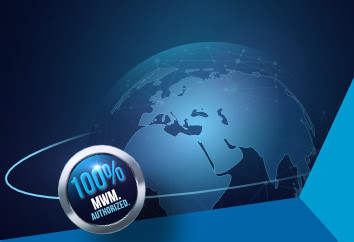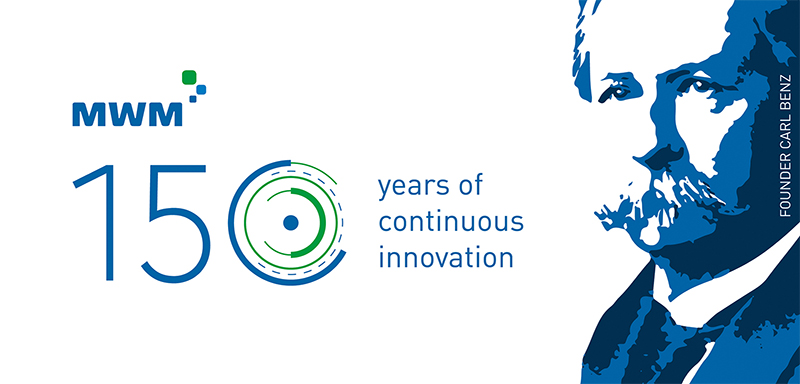Five questions for Dmytro Isachenko, Founder and General Manager of Interenergo, Ukraine
Schwaz, February 7, 2024
MWM gas engines have been running in Ukraine for more than 20 years. During the “ReBuild Ukraine” exhibition held in Warsaw in November 2023, we were able to discuss the current opportunities and difficulties of the Ukrainian energy market with Dmytro Isachenko, General Manager of the MWM service provider Interenergo, which has been rolling out energy projects in Ukraine since 2005.
Question 1: In many countries, energy prices have risen significantly within the last two years. How have the energy prices for electricity, heat, and natural gas developed in Ukraine?
D.I.: Energy prices in Ukraine are influenced by several factors. The first is the European gas market, which the prices in Ukraine are geared to, though with a certain delay. At the same time, even under the current circumstances, Ukraine produces about 18 billion m3 of gas—enough to supply almost the entire Ukrainian private sector and housing and communal services, which receive gas at preferential prices that are significantly below market prices. Gas prices for other consumers on the market are close to European prices. Current gas prices range from €450 to 550 per 1,000 m3.
Households also benefit from preferential prices for thermal energy, which is generated from natural gas at a preferential price. On one hand, this imbalance complicates the ability of private businesses to participate in the production of thermal energy for households. On the other hand, the population of Ukraine does not have the money to pay for thermal energy obtained from natural gas at European (market) prices. This is a major problem for the thermal energy market in Ukraine, which requires a complex solution.
Electricity prices have gone up significantly over the past two years. Although the price paid by households is well below the market price, even they have been hit by a 1.5 to 2 times increase. Today, enterprises pay about €0.15/kWh, on average. For the citizens, the price is still much lower and is subsidized. The high price is mainly associated with the destruction of numerous thermal power plants, of the Kakhovskaya hydroelectric power station, and of other generating capacities. A large number of high-voltage substations have also been destroyed or damaged. Ukraine is entering its second winter with a shortage of generating capacity. Over the past year, not a single major power plant has been built, and not all damage has been repaired. The energy system is mainly based on nuclear power plants as well as the remaining coal-fired power plants.
Therefore, higher electricity prices are something Ukraine will continue to struggle with, since the entire energy infrastructure is thirsting for investments—both in repairs and in several GW of new generating capacity, including peak capacity.
Question 2: Ukraine has huge natural gas resources. Is the supply of natural gas available across the country?
D.I.: Over the past 10 years, Ukraine has been able to cover 50 to 70 percent of its gas needs from its own resources. The rest of the gas was imported. Currently, we are able to cover nearly 80 to 90 percent of our gas demand. Ukraine also has great potential for increasing its gas production. However, this requires systematic work, a more transparent gas market, and significant investments.
As far as the distribution of natural gas is concerned, Ukraine boasts one of Europe’s most extensive networks, allowing gas to be transported to almost any point in the country.
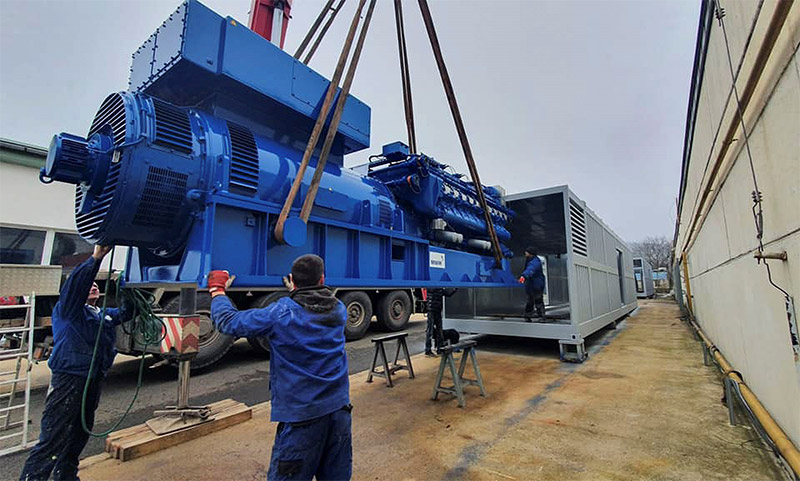
Question 3: What role will distributed CHP plants play in the future Ukrainian energy supply, and what are the most common applications?
D.I.: Cogeneration should—and I am confident that it will—play a key role in restoring Ukraine’s energy system.
Firstly, centralized heat supply has been maintained in all Ukrainian cities. This opens up enormous potential for the introduction of cogeneration in housing and municipal utilities. Such projects have already been implemented in Ukraine and work successfully, but the potential is dozens of times higher.
Secondly, Ukraine has great potential for the development of agriculture and thus for biogas plants. Many farmers have expressed their interest in this subject area. We have sent out numerous offers for cogeneration from biogas, and we see a substantial demand backlog in this area. At the moment, it is difficult to gain access to power grids and to sell electricity to the market. Obtaining permits involves a lot of bureaucracy, and various inspections need to be conducted in order to get such a plant up and running.
Despite the difficulties, the biogas industry in Ukraine is developing, and we hope that it will develop faster. The construction of new livestock farms and other livestock production facilities will also contribute to the potential for biogas market development.
Thirdly, the Ukrainian energy system is in dire need of peak generating capacity. This problem has existed for a while, and today it is even more acute. Such power plants are usually implemented using high-capacity gas piston power plants or gas turbines. Both of these technologies will be used in Ukraine.
The last potential action area is the private manufacturing industry. Despite the current situation and the severe blow that the country’s economy has suffered, many factories continue to operate. At today’s prices for natural gas and electricity, CHP plants could be amortized within two and a half to five years. Many enterprises would be willing to implement such projects. However, they are limited by factors such as the ongoing insecurity and the lack of resources and inexpensive loans. Nevertheless, based on our work over the past two years, we see great potential in this direction, and we hope that investors will come to Ukraine and that new production facilities will be built and possibly be supplied by cogeneration.
Question 4: What are the greatest difficulties you are currently confronted with as you continue to roll out CHP projects in Ukraine, and what can be done to improve the situation?
D.I.: The main difficulties are related to the lack of money in Ukraine.
Today, no loans are available for such projects in Ukraine, neither from local banks nor from international banks. Ukraine needs a transparent long-term targeted credit resource that is available to customers in Ukraine for such projects at acceptable interest rates. Ukraine’s gold and foreign exchange reserves presently amount to about $40 billion. By allocating $1 billion, it would be possible to build 1 to 1.2 GW of new generating capacity based on cogeneration technology within two or three years.
The market would welcome a targeted loan program under which customers could apply for a preferential loan using state-approved project documentation. This would significantly reduce credit risks. Bankers could make their lending decision on the basis of an evaluation of the proposed design solutions and estimated costs. The main generating equipment could serve as collateral for such loans. Such a mechanism could launch an entire market worth hundreds of millions of euros.
Question 5: What was the most outstanding, challenging, or important project you have rolled out so far, and why?
D.I.: Well, raising my children has been my most outstanding and important project. It has also been my longest and most challenging project 🙂
As far as our work is concerned, my team and I treat every project that we roll out as highly important. Over the 18 years we have spent in this line of work, we have already completed more than 60 projects of this kind. And we are proud of all of them, regardless of the difficulties we encountered while implementing them.
About Interenergo:
Core business: Construction of turnkey cogeneration power plants and industrial energy facilities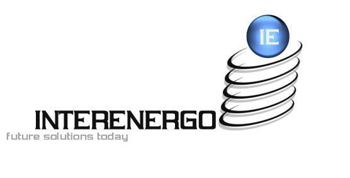
Active in: Ukraine, Bulgaria
Founded: 2005
Location: Kharkov, Kyiv, Ukraine
Employees: 75
About Dmytro Isachenko:
Position: General Manager
Age: 46
Career: Founder and General Manager of Interenergo for 17 years
Hobbies: Tennis, music, traveling
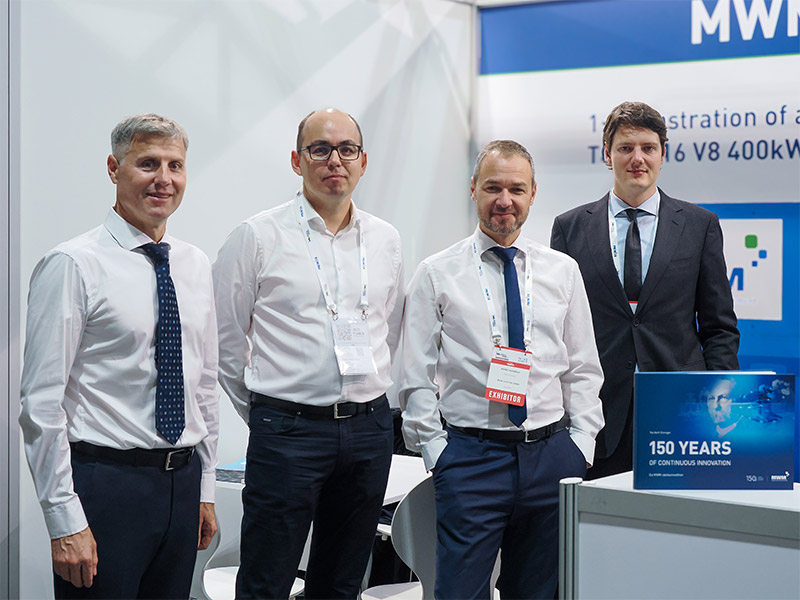
Further information:
Contact Media
Aljoscha Kertesz
Manager Communications
T +49 621 48 18 35 76
E mwm-press@cat.com
Frank Fuhrmann
Online Editor
Member of DPV / German Press Association
T +49 621 48 18 35 16
E mwm-press@cat.com







































